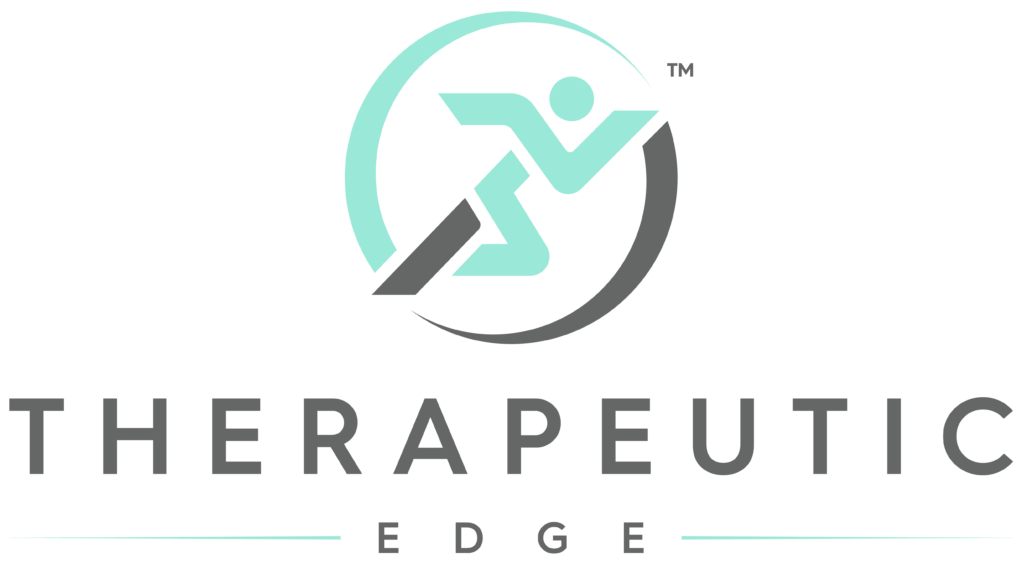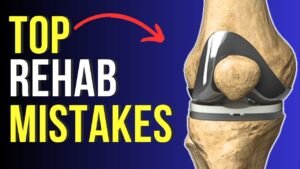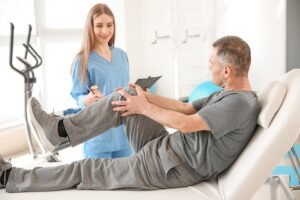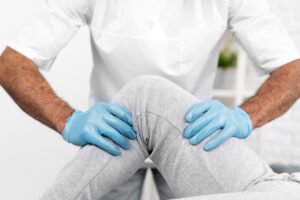When it comes to knee replacement surgery, one size does not fit all. Did you know there are two main types of knee replacement procedures? Understanding the differences between Total Knee Replacement (TKR) and Partial Knee Replacement (PKR) can help you make an informed decision tailored to your unique needs. Let’s dive into the details to see how these surgeries compare.
What Is Total Knee Replacement (TKR)?

Total Knee Replacement has revolutionized orthopedic care, allowing people with severe knee issues to reclaim their mobility and quality of life.
-
The Procedure: TKR involves replacing the entire knee joint, including the femoral, tibial, and sometimes patellar surfaces. This comprehensive approach requires a larger incision and a more complex surgical process.
-
Who It’s For: TKR is typically recommended for patients with significant arthritis or damage across all three compartments of the knee—medial, lateral, and patellofemoral.
-
Why It Works: By addressing widespread damage, TKR can provide long-lasting pain relief and improve overall knee function, making it a top choice for severe cases.
Key Benefits of TKR
-
Long-term durability: Studies show that over 90% of TKR patients still have functional implants after 15-20 years.
-
Comprehensive relief: Since the entire knee is replaced, it effectively eliminates pain caused by extensive joint damage.
-
Improved functionality: Patients often report better overall mobility and the ability to resume everyday activities.
Things to Consider
-
Recovery: TKR requires a longer rehabilitation period, often taking 6 months for significant improvements and up to a year for full recovery.
-
Feel: The knee may not feel exactly like your natural joint due to the synthetic components, though most patients adapt well over time.
-
Cost and Risk: TKR is generally more expensive and has a slightly higher risk of complications due to the complexity of the procedure.
What Is Partial Knee Replacement (PKR)?
If your knee pain is limited to one specific area, PKR might be the perfect solution. While it’s less common—accounting for fewer than 10% of knee replacement surgeries in the U.S.—PKR offers a more targeted approach.
-
The Procedure: PKR replaces only the damaged part of your knee, preserving as much of your natural knee structure as possible.
-
Who It’s For: Ideal candidates are often younger individuals with mild to moderate arthritis confined to one compartment of the knee.
Key Benefits of PKR
-
Minimally invasive: Smaller incisions and less disruption to surrounding tissue mean shorter recovery times and reduced pain post-surgery.
-
Faster Recovery: Patients typically resume normal activities more quickly compared to the longer timeline for TKR.
-
Natural Feel: Since more of your knee is preserved, PKR often provides a more “natural” feeling post-surgery and often allows for higher functioning.
Things to Consider
-
Durability: The components used in PKR may not last as long as those in TKR. Studies show a higher likelihood of needing revision surgery within 10 to 15 years.
-
Progression of Arthritis: PKR only addresses damage in one part of the knee. If arthritis develops in other areas, additional surgery may be needed.

Therapeutic Edge
If arthritis is limited to one part of your knee, PKR may offer a quicker recovery and a more natural feel. However, if arthritis affects all three compartments, TKR is often the more effective and long-lasting solution.
Considerations for PKR:
-
Younger patients with isolated damage may benefit from this less invasive option.
-
While the recovery is faster, there’s a chance of needing additional surgery in the future.
Considerations for TKR:
-
Older patients or those with widespread damage often find TKR to be the best long-term solution.
-
Though recovery is longer, the benefits are more comprehensive, and the results are durable.









